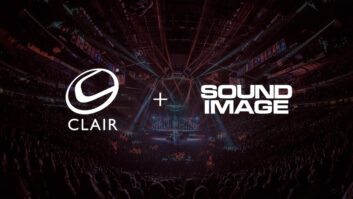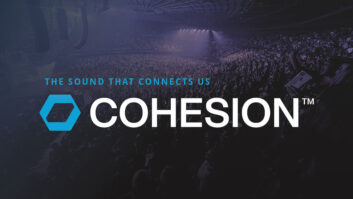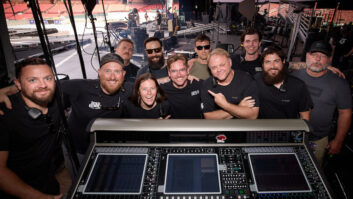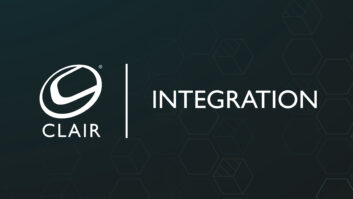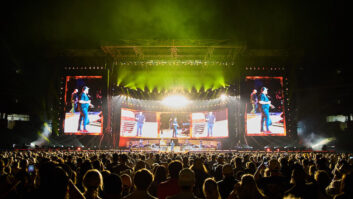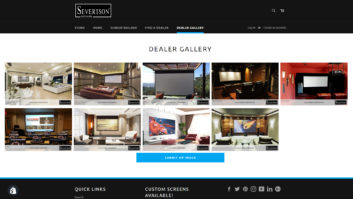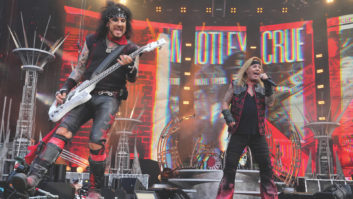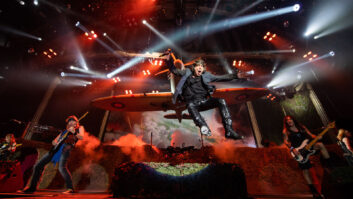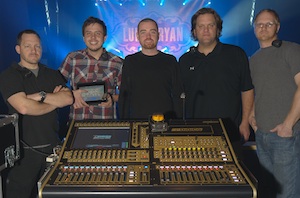
In early April, songwriter Luke Bryan kicked off the Emotional Traffic Tour opening for Tim McGraw. Bryan has two albums under his belt, three consecutive Number One hits, and 2010 “Top New Artist” and “Top New Solo Vocalist” awards from the Academy of County Music.
From left: Monitor engineer Ed Janiszewski, lighting director Darien Koop, stage manager Russ Garrett, production manager/FOH engineer Pete Healey, and band tech Nate Dreger
Prior to hitting the road, production manager/front-of-house mixer Pete Healey and monitor mixer Ed Janiszewski decided it was time to retool the entire audio production package for the Clair Global tour, based on conversations with other engineers and demos of the DiGiCo SD8 console. Neither had had any previous experiences working on DiGiCo consoles, but each was equally impressed by the SD8’s audio quality. They are employing a SD8-24 at FOH and SD8-36 for monitors, plus two DiGiRacks with feature-packed onboard options.
“I wanted as many faders on the console surface as possible—bouncing around from bank to bank eats up precious time when mixing monitors—and was looking for a console that sounded great, was configurable and would be something I would enjoy using into the future,” Janiszewski recalls. “I was also looking for a control surface that felt like an analog console. The SD8 fit the bill with 36 channel faders on the surface, the robust feel of the encoders and faders—they feel like pots on an analog desk rather than computer hardware knobs that one might find on a desktop workstation—configurability, footprint and budget. There are a lot of really good products in the professional digital console market at the moment, but in a market largely dictated by personal preference, I think the SD8 provides enough flexibility to make anyone comfortable.”
The setup at FOH is 48 inputs coming from the stage with a variety of production inputs locally (playback, talkback, reference, etc.), in addition to Left, Right, sub and front-fill, with both analog and AES outputs. FOH mixer Pete Healey is using a few Matrix outputs set up for short-notice requests and one for L/R record for reference purposes. In monitor world, Janiszewski’s rig is 56 inputs, with six stereo output mixes for the band, a thumper for the drummer, and three individual stereo crew/tech mixes.
“I am a keep-it-as-simple-as-possible kind of guy,” Healey says, “and although I am aware of lots of things the console can do, for my application, simpler is better. We are in the direct support role on two very large tours this year, so keeping it super simple gives me the option of being able to throw and go a lot easier when the parameters of the day don’t always allow a soundcheck. Also, probably one of the biggest things that the SD8 has helped us with on this tour is the size of the footprint. The tour with Tim McGraw has been really great but space is at a premium. I am able to sneak my desk in and out without much hassle— kind of like a ninja! You don’t even know I was there!
“As far as onboard features, since I’m using the 24-channel frame, the mobility of inputs and outputs is crucial for me as I really don’t have any desire to be flipping banks all night,” Healey continues. “In our tour prep I was able to map out one layer that allows me—via channel strips and VCAs—access to everything I really need during the show. If I need to go into another layer to access something for a moment, I do, but I can pretty much tuck away things I don’t need to see much of after soundcheck.”
Janiszewski says he appreciates the SD8’s flexible layout at monitor world. “I love having 12 channels in each bank, and the macro feature is really powerful. Also, each output has dynamic processing and parametric EQ without having to use up a plug-in or give up some other functionality.
”I have one musician who requests changes more frequently than the rest of the band,” Janiszewski continues. “In the past it meant flipping to his mix to make the changes. On the SD8, I have one of the three sets of assignable rotary encoders assigned to his mix—which means it’s always accessible without flipping banks or hitting a button—and I still have the other two sets of encoders for other purposes.
“Also, having two talkbacks is really helpful. I have one assigned to the crew mixes and one for the musicians, which benefits both problem solving and gossip. And because of the flexibility in configuring the layout, I can put different output channel types on one bank; I use aux sends for the band’s mixes, a master group bus for Luke so his effect sends are post fader, and I use a matrix for a spare back-up output, all of which are side by side on the same bank. I use a set of macros to instantly route any mix to the spare back-up matrix output, so if there is a problem with someone’s pack I can swap it out easily, quickly and without reconfiguring anything.
“It is definitely one of the warmest digital formats I have used,” Janiszewski concludes, “and from what I hear from Ed, our artist really loves it as well!”
“Without a doubt, the console is warm and full,” Healey adds. “Overall, the band is happy, which means I’m happy.”
